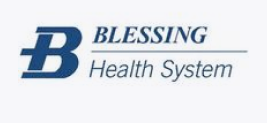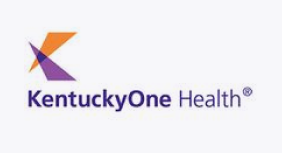March 3, 2022
How Hospital Specialty Pharmacy Can Exceed Most Models

Specialty pharmacy is on the leading edge of health care innovation, and health systems, particularly academic centers, have always been significant players in collaborating with drug manufacturers on clinical trials to demonstrate drug safety and clinical efficacy of complex, high-cost specialty medications. However, these same health stems are finding that while they are considered ‘good enough’ to collaborate with drug manufacturers for trials, these same manufacturers shut the door on them when the same drug comes to market.
The market is seeing drug manufacturers and PBM’s block health systems from filling new specialty medications, and instead restrict product availability to a handful of limited distribution (LD) specialty pharmacies – many of which are PBM owned.
Why?
While the dispensing new specialty medications can be a little more complicated than the regular retail dispensing of brand and generic drugs, due to things like data reporting, patient education, prior authorization, management of a cold storage supply chain, and rigorous patient follow-up, a hospital specialty pharmacy can do all of these just as well as any PBM based specialty pharmacy that we have come across…and in most cases will far exceed outcomes due to the continuum of care it provides the patient. Yet, some manufacturers and payors believe that LD specialty pharmacies represent the best option to manage complex medications.
What Are They Missing?
Specialty medications that are dispensed by the likes of large national PBM’s and giant corporate pharmacy chains, who all work outside the health system are not equipped to manage the breadth of confounding factors that affect the long-term patient care continuum. Things like co-morbidities, behavioral health complications and social determinants aren’t a part of their data set in the same way that it would be at an integrated healthcare system.
The benefits that payors and manufacturers tout, by limiting specialty medication distribution, are all offset by gaps in care, missing documentation and poor hand offs between pharmacists, physicians and other clinicians.
Keeping specialty pharmacy within a healthcare system allows for tighter coordination between pharmacists, physicians and other staff responsible for the rigorous patient follow-up that follows specialty medications. In each of the hospitals that we work with, all documentation is coordinated through a shared electronic health record (EHR) that can be accessed at any time by the physician, pharmacist or other clinical providers.
What Else is There?
PBM’s and manufacturers continue to say that any patient benefits that will arise from a health system specialty pharmacy, is neutralized by the challenges of prior authorizations, supply management and patient follow-up. In response, health systems are investing in (our outsourcing) the specialty pharmacy infrastructure, systems, processes, staff and procedures that is needed to match that of LD specialty pharmacy distribution channels. They are also obtaining certification by agencies like URAC or ACHC to validate that their specialty operations meet the same rigorous standards offered by pharmacies with LD access (these accreditation’s are in addition to the Joint Commission credentials that they already possess, and which are mostly just duplicated by bodies like URAC).
Once the staffing and infrastructure are in place, all of the health systems that we have worked with have had problem provide seamless care coordination between prescribing physicians and pharmacists through the shared EHR. With their access to data on patient encounters, clinical outcomes and cost (that can all be made available to payors and manufacturers), there is a more complete picture of the specialty medication’s effectiveness, which thereby produces far superior results relative to all other specialty pharmacy distribution channels.











